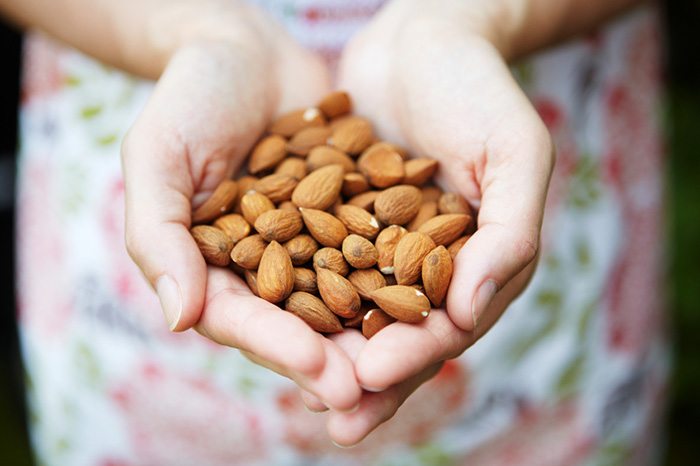Osteoporosis is the most common of bone diseases. It means “porous bones” and occurs when bones lose minerals, such as calcium, quicker than the body can replace them. With this loss of minerals the bones lose density and therefore strength, causing them to break more easily than they otherwise would.
Osteoporosis is considered an asymptomatic disease, as it can exist without any symptoms until the disease has progressed to the point where fractures occur frequently and from little impact.
Most commonly these fractures occur in the spine, hip and distal forearm, although they can occur throughout the skeleton. Fractures of the spine caused by osteoporosis can lead to pain, loss of height and changes in posture.
The fragility of bones is a concern that often comes up in the later years of life. However, it is in the younger years that the strength of the skeletal system is formed, determining its performance as we age. About 90 per cent of total adult bone mass is accrued by age 20 and a significant proportion of this is achieved during puberty alone. It is this formation of bone mass that determines the durability of the skeletal system in later life.
Bone is formed by specialised cells. Like the rest of the body, bone is constantly being broken down and renewed. It is living tissue that needs exercise to gain strength.
Oestrogen has a fundamental role in maintaining bone strength. In women, the fall in oestrogen that occurs during menopause can result in accelerated loss of bone density. During the first five years after menopause, the average woman loses up to 10 per cent of her total bone mass; oestrogen deficiency is a major contributing factor to the development of osteoporosis in women.
Bone is made up of many minerals including calcium, magnesium, boron, silica and phosphorus. The combination of these minerals determines the strength and overall health of the bone.
Calcium is required for normal growth and development of the skeleton. Adequate calcium intake is critical to achieving optimal bone mass and modifies the rate of bone loss associated with ageing. Calcium is necessary to many other functions in the body, including muscle contraction and blood clotting.
If calcium levels in the blood are low due to poor supply through diet, the body looks for ways to supply the necessary calcium required for everyday function. In this instance, calcium is taken from the skeletal system in order to meet these daily requirements. This is when bone calcium stores can become depleted.
Vitamin D promotes calcium absorption, though it is found in very few foods naturally. In the winter months, a supplement form is recommended.
Because the reduction of oestrogen can precipitate the onset of osteoporosis, phytoestrogens (plant substances with oestrogenic properties) should be consumed in high amounts. Foods such as chickpeas, tofu and tempeh all provide good amounts of plant-based oestrogens and should be consumed regularly.
Other minerals, including magnesium, silica, boron and phosphorous, should also be considered. Boron is a trace mineral that appears to activate certain hormones, including oestrogen and vitamin D. Silica can be found in celery, while leafy green vegetables contain magnesium. Flavonoids, which can be found in soybeans and tea, also promote bone strength.
It is equally important to avoid dietary factors that promote calcium excretion or do not promote good absorption of calcium.
For example, adequate production of hydrochloric acid is required to allow for the breakdown and subsequent absorption of calcium. If low acid levels are suspected, try taking four teaspoons of apple cider vinegar in a glass of water to enhance absorption.
Smoking interferes with calcium absorption and should be avoided. Coffee and alcohol are also considered risk factors in reducing bone mineral density. A high salt intake has been shown to increase calcium loss in urine, some of which will be from the bones.
Foods that help to build better bones:
Prunes
A rich source of flavonoids, these dried fruits are a tasty source of nutrients specifically required by your bones. Add a handful to your morning porridge for some extra sweetness.
RoseHip tea
Rosehips are high in vitamin C and are also rich in calcium, magnesium and phosphorus, which contribute to increasing the mineral density of your bones and strengthening them.
Soybeans
Soy foods contain natural chemicals called isoflavones, which are phytoestrogens – plant substances that mimic oestrogen. Try soybeans for a healthy bone-building snack.
Almonds
A good source of calcium and boron, these nuts can be eaten raw as a snack. Alternatively, try them toasted and tossed into salads for a warm variation of your standard green-leaf version.
Tahini
This super-healthy spread made from sesame seeds provides good levels of calcium as well as omega-3 fatty acids that may help to reduce the inflammation often associated with osteoporosis.
Fish
Try whole sardines, anchovies or salmon with bones. Don’t discard the tiny bones but rather include them in your salad or fish cakes for a complete sample of the necessary nutrients your own bones need.







